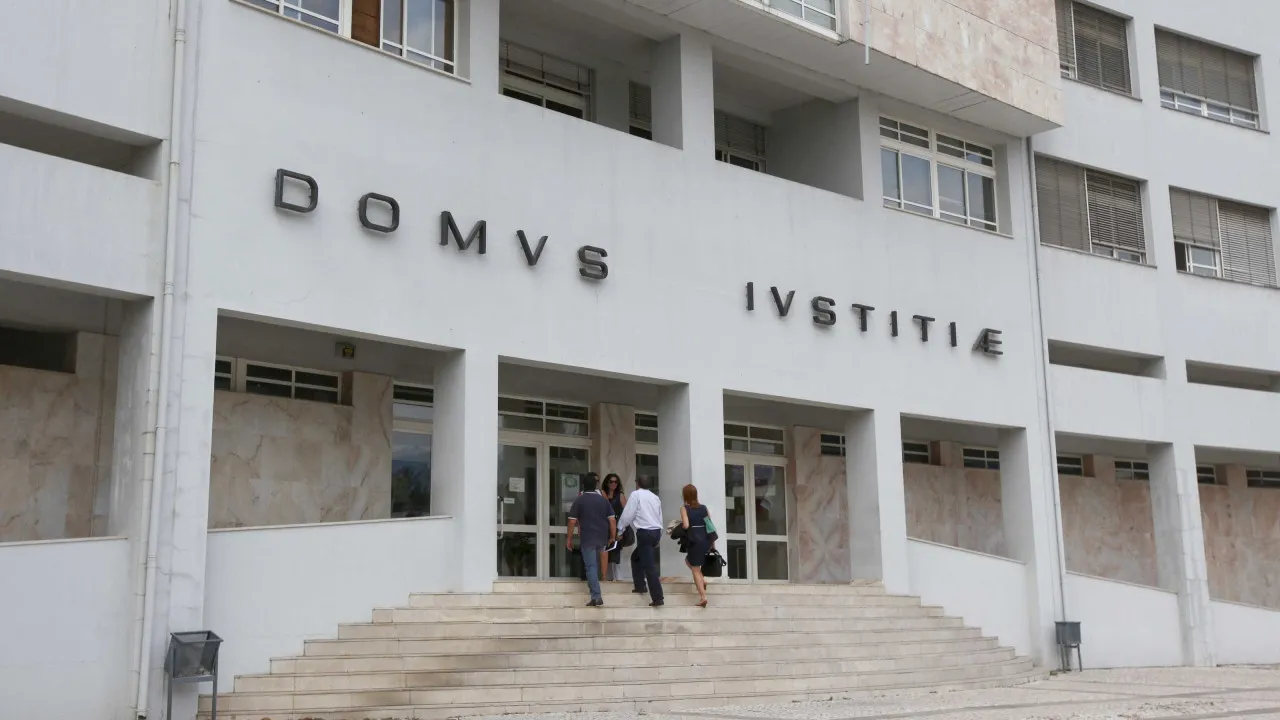
The study titled ‘Healthy Learning Ecosystems in Higher Education Institutions in Portugal’, led by psychologist Tânia Gaspar from the Universidade Lusófona, highlights that the main areas needing intervention in universities are related to student well-being and mental health.
This research engaged 2,339 students aged between 17 and 35 and was conducted by the Observatory of Healthy Learning Environments and Youth Participation. It analyzed various elements tied to the organizational culture and the environments students navigate academically.
Psychosocial risk concerning mental health emerged as having the highest levels, with 61.6% of students indicating they felt physically exhausted in the last month, 46.2% reporting feelings of irritation, and 41.6% expressing sadness.
Nearly two-thirds (65.5%) of students stated they feel unable to control the important aspects of their lives, 61.5% lack confidence in their ability to handle problems, and more than half (59.4%) feel overwhelmed by difficulties.
In comments, Tânia Gaspar noted that the study revealed 40% of university students use psychotropic medications—consistent with European data—and stressed: “This is a failure of the National Health Service, because if we worked more on prevention and provided faster responses, they wouldn’t need medication.”
Furthermore, she mentioned health professionals should be more cautious when prescribing medication: “They prescribe psychotropics when students express anxiety about exams or say they can’t sleep.”
“The effect of such medication on a depressed youngster is dangerous,” warned the expert, emphasizing: “For children and young people, medication is not harmless. It should be used judiciously, with minimal dosage and maximum supportive care.”
The research also found over 10% (13%) reported being victims of threats or other types of physical or psychological abuse (insults, sexual harassment), alongside complaints of racism, xenophobia, gender discrimination, exclusion of international students, and a call for greater ethnic and cultural diversity among faculty.
Students desire “greater empathy, cultural sensitivity, and understanding” from professors, while voicing concerns of “moral harassment, sarcasm, belittlement, and favoritism” in classrooms, and point out a “lack of emotional intelligence” and mental health training among some educators.
There is a call for resources and adaptations for students with special needs, criticizing the lack of sensitivity to different learning paces and styles in higher education institutions.
“They used this space to genuinely express what is happening in universities,” Tânia Gaspar explained, adding, “Professors often unconsciously devalue students or ridicule them… there is sometimes an air of superiority towards students, which they will not tolerate today.”
She emphasized the necessity for “deep work with professors,” who “are desperate”: “We used to have students who stayed quiet. Nowadays, suddenly, they don’t hold back, they’re very assertive and demanding.”
“Some professors haven’t moved past the traditional theoretical lectures, creating a significant gap with students,” she added.
Tânia Gaspar noted that “relationships in society are now much more horizontal” and “professors need to understand how to manage this.”
Additionally, she pointed out there are more students with neurodiversity, meaning special needs, diagnosed or not, and students without any diagnosis who clearly exhibit emotional and behavioral changes, which professors fail to understand.
Conducted by the Observatory of Healthy Learning Environments and Youth Participation, which studies and characterizes Higher Education Institutions as Healthy Learning Environments, the study concluded that students feel unmotivated, criticize monotonous teaching methods, and call for changes.
Researchers assert that the findings indicate a need to consider “creative ways” to actively engage students in the culture and life of the institution.




